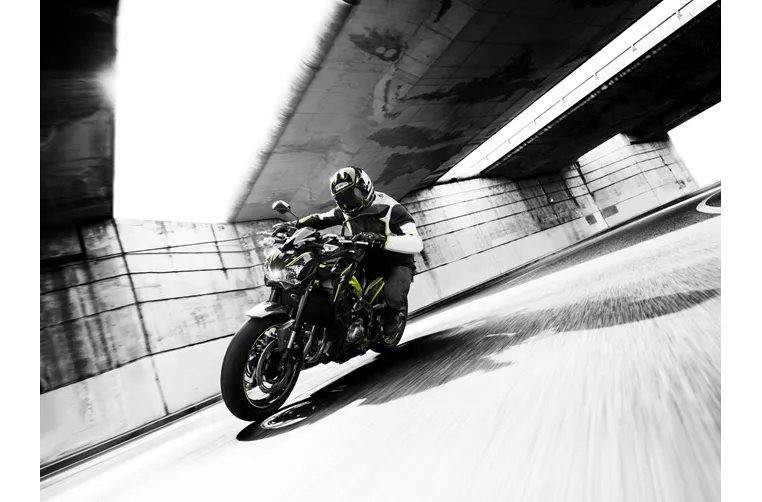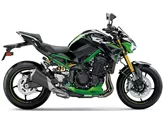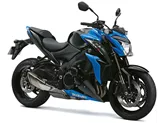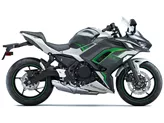Kawasaki Z1000 2014 vs. Kawasaki Z900 2018

Kawasaki Z1000 2014

Kawasaki Z900 2018
Vue d’ensemble - Kawasaki Z1000 2014 vs Kawasaki Z900 2018
The Kawasaki Z1000 model year 2014 and the Kawasaki Z900 model year 2018 are both naked bikes with similar engine types, in-line 4-cylinder engines with liquid cooling. However, there are several differences between the two models.
In terms of engine power, the Kawasaki Z1000 2014 has a higher output with 142 horsepower compared to the Kawasaki Z900 2018 which has 125.4 horsepower. The Z1000 also has a higher torque rating of 111 Nm compared to the Z900's 98.6 Nm. This means that the Z1000 may offer more acceleration and top speed compared to the Z900.
Both bikes have a double cradle frame, but the Z1000 has an aluminum frame while the Z900 has a steel frame. The choice of frame material can affect the overall weight and handling characteristics of the bike. Aluminum frames are generally lighter and offer better handling, while steel frames provide more rigidity and stability.

Kawasaki Z1000 2014
The suspension setup on both bikes is similar, with upside-down telescopic forks at the front. However, the Z1000 offers more adjustability with compression, preload, and rebound adjustments for both the front and rear suspension. The Z900, on the other hand, only has preload and rebound adjustments for the front and rear suspension.
In terms of braking, both bikes have double disc brakes at the front with four-piston calipers. The Z1000 features radial and petal technology for its front brakes, while the Z900 only has petal technology. This means that the Z1000 may offer better braking performance and heat dissipation compared to the Z900.
The dimensions and weights of the two bikes are also slightly different. The Z1000 has a slightly shorter wheelbase of 1435 mm compared to the Z900's 1450 mm. The seat height of the Z1000 is also slightly higher at 815 mm compared to the Z900's 795 mm. Both bikes have the same front tire width of 120 mm, but the Z1000 has a wider rear tire at 190 mm compared to the Z900's 180 mm.
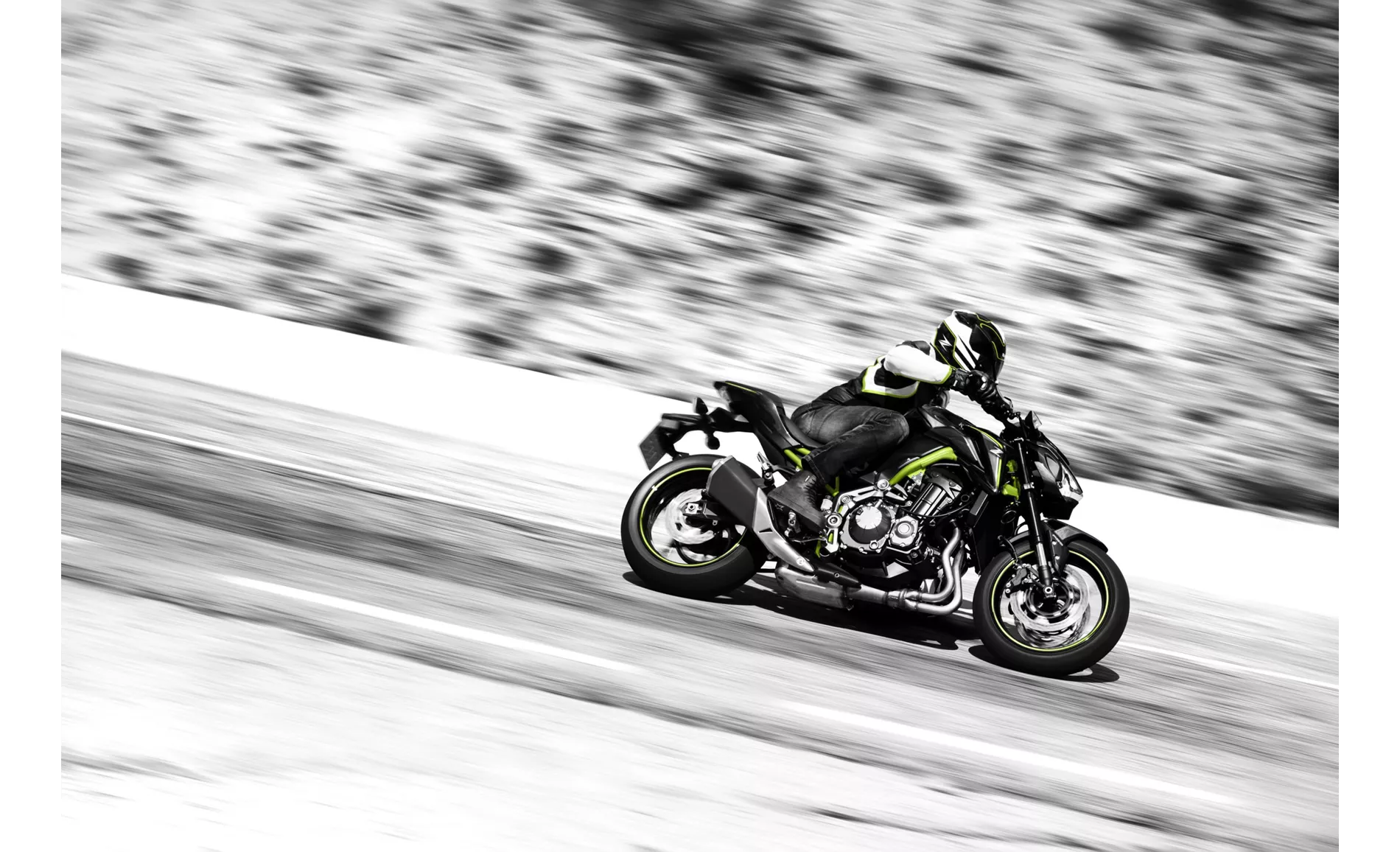
Kawasaki Z900 2018
In terms of strengths, the Z1000 2014 is praised for its sophisticated design, pleasant handling, pleasant sound, and good brakes. On the other hand, the Z900 2018 is praised for its powerful and silky engine, great sound, sharp and sporty look, low seating position, and easy handling and maneuverability.
However, there are also some weaknesses for each model. The Z1000 2014 has a high purchase price compared to its competitors, such as the S1000R. The Z900 2018, on the other hand, lacks traction control and the knee angle may be strenuous for tall riders during long rides.
In conclusion, while both the Kawasaki Z1000 2014 and the Kawasaki Z900 2018 are powerful naked bikes with similar engine types, there are several differences between the two models in terms of performance, design, and features. The Z1000 offers higher power and torque, more adjustability in suspension, and a slightly wider rear tire. The Z900, on the other hand, has a powerful and silky engine, a sharp and sporty look, and easy handling and maneuverability. Ultimately, the choice between the two models depends on the rider's preferences and priorities.
Caractéristiques techniques Kawasaki Z1000 2014 par rapport à Kawasaki Z900 2018
Avantages et inconvénients en comparaison
Avantages et inconvénients en comparaison
Kawasaki Z1000 2014

La Kawasaki Z1000 (2014) est une déclaration contre la tendance électronique de son époque - et c'est précisément ce qui la rend particulière aujourd'hui. Son quatre cylindres au caractère bien trempé, sa mécanique directe et sa focalisation sans compromis sur l'essentiel répondent aux attentes d'une époque où de nombreuses motos sont devenues des ordinateurs roulants. Oui, elle renonce aux systèmes avancés d'aide au pilote et à une protection parfaite contre le vent. Mais elle offre en contrepartie une authentique expérience de conduite de nakedbike, associée à la fiabilité japonaise et à des coûts d'entretien raisonnables. La Z1000 n'est pas une machine pour les drogués de la fiche technique ou les fans d'électronique - c'est une moto pour ceux qui veulent encore décider eux-mêmes de leur conduite. Une moto honnête avec du caractère, qui continue à enthousiasmer même après des années et qui fait plus que remplir son rôle d'antithèse émotionnelle de la modernité Digital.
Kawasaki Z900 2018
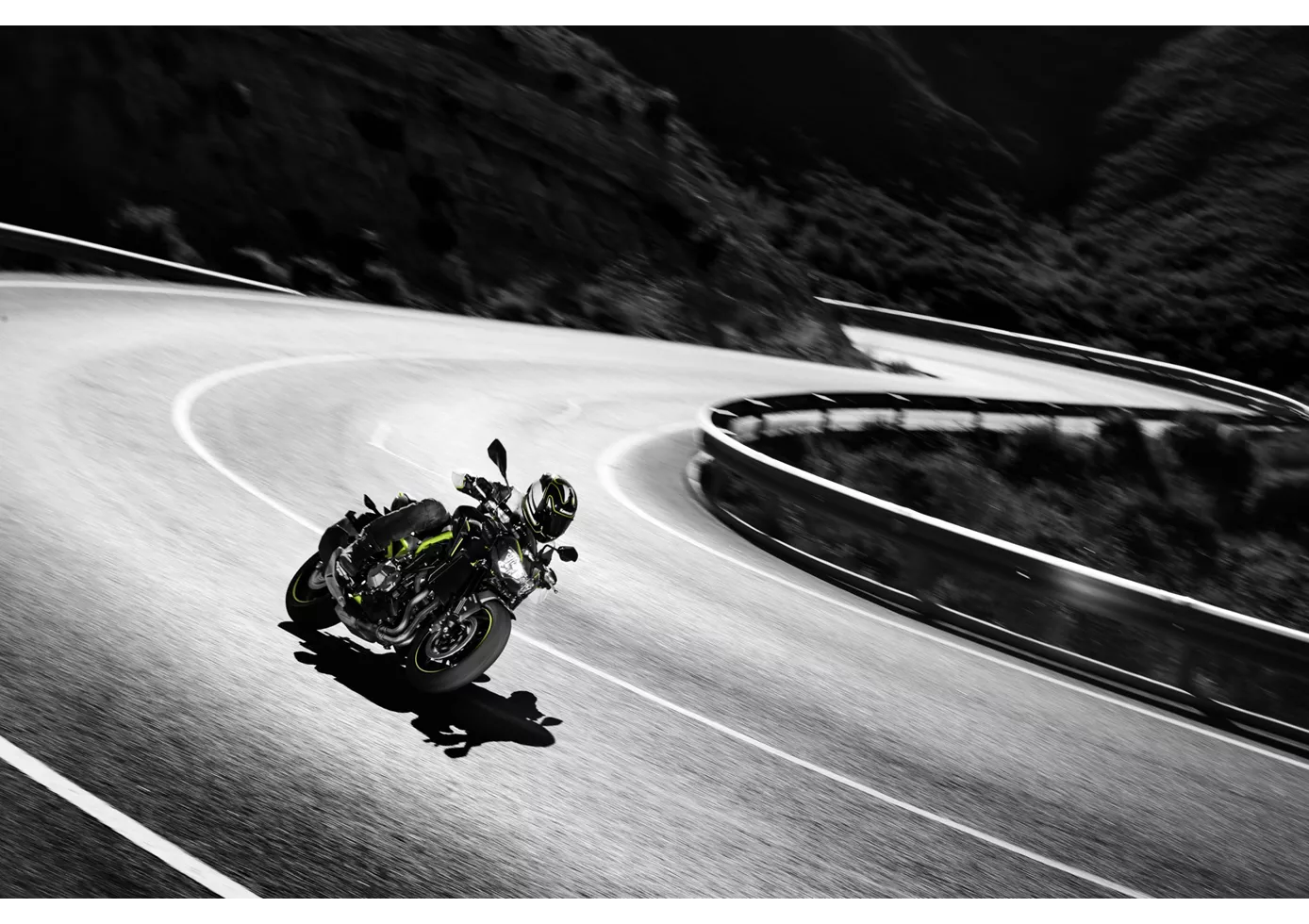
Dans le segment très concurrentiel des naked bikes, la Z900 joue dans la cour des grands. Son moteur, en particulier, est absolument grandiose, incroyablement soyeux et offre une puissance élevée à tous les régimes - comme il se doit pour un quatre cylindres japonais. Son look sportif et agressif s'y prête bien. Elle renonce aux fioritures électroniques, mais offre néanmoins une grande sécurité dans les virages, au freinage et en sortie d'accélération. La selle basse profite surtout aux petits pilotes, mais les grands pilotes pourraient regretter un angle du genou plus plat sur les longs trajets. Le faible poids et la compacité de la Z900 la rendent particulièrement maniable et facile à manier. Un canon sportif dont le prix est également très attractif
Comparaison des prix Prix moyen du marché Kawasaki Z1000 vs Kawasaki Z900
There are a few key differences between a Kawasaki Z1000 2014 and a Kawasaki Z900 2018. In terms of price, the actual average price of a Kawasaki Z1000 2014 is about 4% higher. A Kawasaki Z1000 2014 experiences a loss of 660 USD in one year and 490 USD in two years of ownership. This is offset by a loss of 640 USD and 520 USD for a Kawasaki Z900 2018. Compared to Kawasaki Z900 2018 there are less Kawasaki Z1000 2014 bikes available on the 1000PS.de Marketplace, specifically 12 compared to 55. It takes less time to sell a Kawasaki Z1000 with 75 days compared to 112 days for a Kawasaki Z900. Since model year 2005 1000PS.de editors have written 41 reviews for the Kawasaki Z1000 and 46 reviews for the Kawasaki Z900 since model year 2017. The first review for the Kawasaki Z1000 was published on 9/2/2002 and now has more than 5,800 views. This compares to more than 93,200 views for the first review on Kawasaki Z900 published on 11/11/2016.

